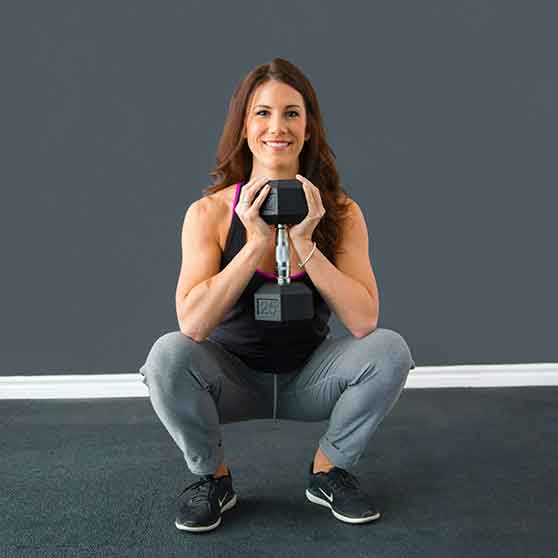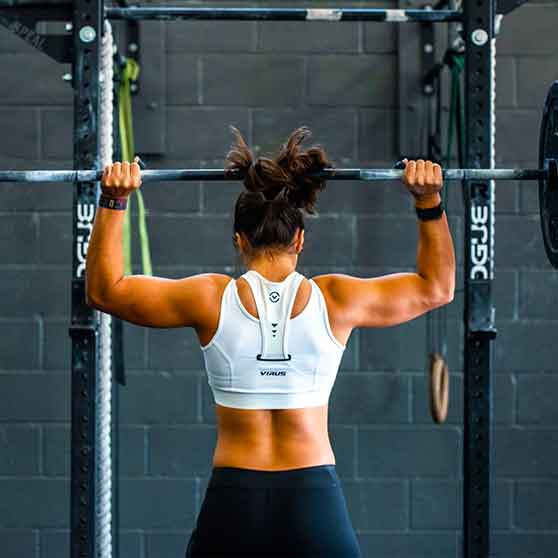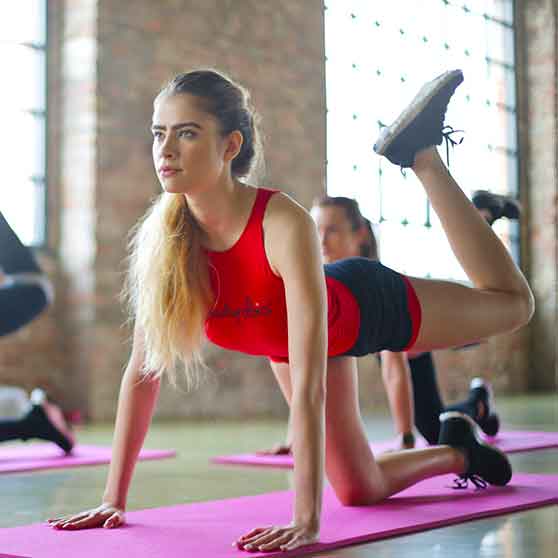Athletic Performance Training Program
Physical training programs have been around for centuries. Traditionally, the ancient Greeks used to prepare themselves by going through training programs, including weightlifting, running for stamina, and sparring. These traditional concepts might have inspired modern-day athletic training programs.
While today’s athletic performance training could be using different styles and equipment, the principles and the goal of training remains the same. Athletic training programs are geared towards improving stamina, power, and agility. The programs help participants look and feel good about themselves while enhancing their performance.
Components of Sports Performance Training Programs
Typically, athletic performance training programs involve the following:
High-Intensity Interval Training
Popularly known as HIIT, high-intensity interval training requires the participants to exercise intensely for short periods. It includes short rest spaces or intervals. This training gives the participants improved athletic capacity and endurance while supporting fat burning.
In an actual athletic performance training program, a participant might be pushed to run as fast as they can for one minute, stop for thirty seconds, and do it all over again. This form of workout accelerates aerobic and anaerobic capacity while supporting fat burning.
Resistance Training
Resistance training refers to a workout that focuses on the muscles to make them contract against the resistance. The action leads to increased muscle mass while boosting strength and endurance. Similar to HIIT training, resistance training is popular.
In any gym, you can easily find participants engaged in some form of resistance training, such as pure strength training.
Functional Training
This form of performance training is equally common in gyms and other training programs. It mainly includes exercises that train the body and muscles to deal with the stresses and strains of daily life. Each athlete understands the value of functional training.
While it may not be as intense as HIIT and resistance training, it improves stability, flexibility, and core strength, among other aspects. Consequently, the participant reduces the risk of injury while improving agility.
The Role of Athletic Performance Training
Athletic Performance Training involves fundamental movements that mimic those of functional training. It improves the body’s work capacity while allowing participants to benefit fully from a functional type workout..
Through performance training, athletes can enhance their abilities to increase their coordination and control an additional work capacity. It helps them use the power at their disposal to their advantage. Enhancing abilities has to do with increasing progression through increased complexities.
How to Build an Effective Athletic Performance Training Program?
In developing an athletic training program, we consider several factors. It starts by identifying the performance target, analyzing the current situation, and summarizing the tactics for goal achievement. These steps are crucial for establishing any training program, whether it’s for an individual or a team.
According to research studies, a personalized scientific approach to training could improve the player’s fitness and ultimate performance. Athletes respond to the same training stimulus differently, so it is important to have a detailed checklist of all variables and elements.
Some of the factors to analyze before launching a training program include athlete’s goals, sporting position, previous injuries, recovery time needed, and length of the season. The list also includes maturity, training days available, movement analysis, training background, and energy systems used.
After completing the needs analysis, it’s crucial to consider the timeline for preparation and work toward perfecting the finer details of the program. This involves improving movement patterns, resources available, exercise choices, and sets or repetitions.
Scientific Training Principles
It’s equally important to have alternative plans, as things won’t always go according to plan. The following scientific training principles are essential to consider:
Additionally, the programs must consider generality, de-training/reversibility, and variation/variability. All these factors are essential in developing an effective performance training program.
Athletic Performance Training Program - Be the Best You Can
After considering all the significant factors, including the principles training, we embark on the microcycles or individual training days. These may involve several different sessions. Each training session comprises of little building blocks that lead to the achievement of the trainee’s goals.
These finer details might include all three planes of motion, range of motion, and exercise equipment choices. They also include single/double extremity movements, recovery time, and metabolic-conditioning sessions.
At Next Level Fitness, we’re Nashville’s largest personal training studio. With the best trainers in the industry, we teach, motivate, encourage, and keep you accountable to help you be the best you can be. Get in touch with us today to learn more.







